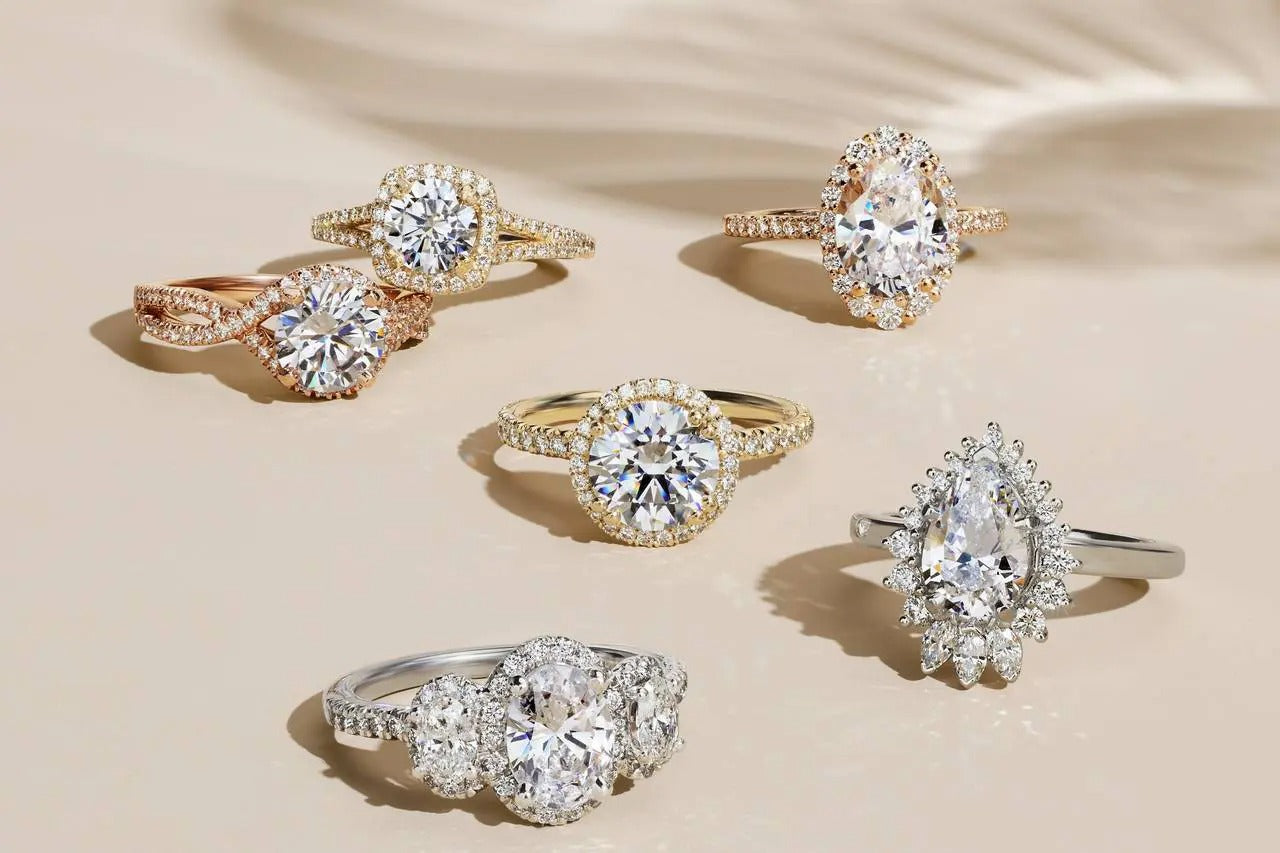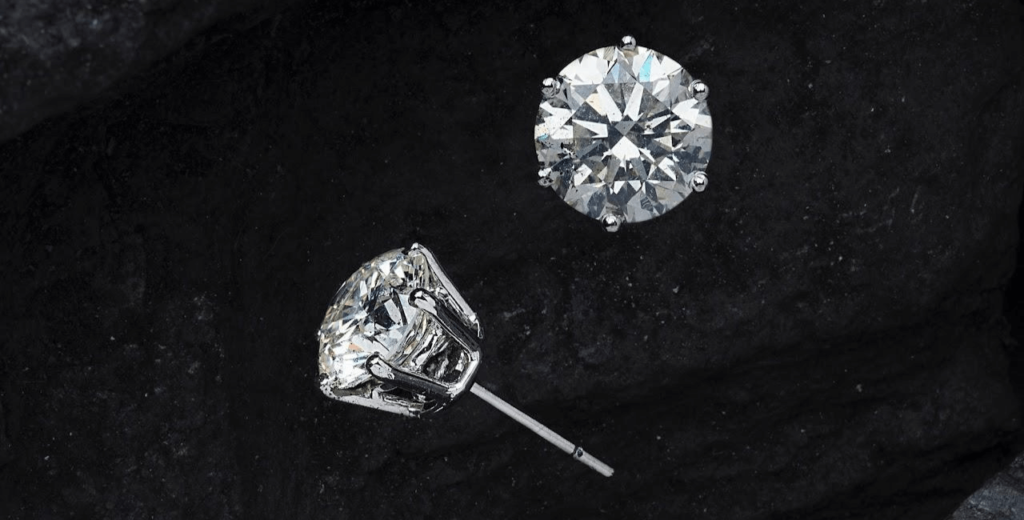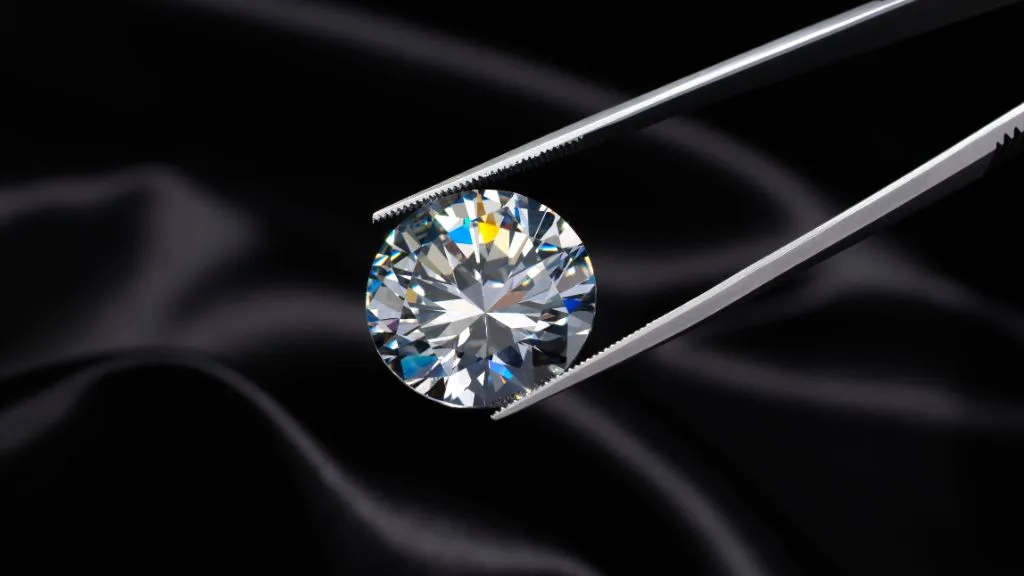
Lately, the diamond business has seen a critical shift towards lab-created diamonds, a supportable and morally sound option in contrast to mined diamonds. As buyers become more aware of their buys, the demand for lab-created diamonds has flooded. Among the different reviewing substances, the Global Gemological Foundation (IGI) and the Gemological Establishment of America (GIA) stand apart as the most trustworthy associations giving certificates. In this article, we will investigate the distinctions among igi vs gia confirmations, zeroing in on the complexities of reviewing lab-created diamonds.
Understanding Lab-Created Diamonds
Lab-created diamonds, otherwise called engineered or refined diamonds, are delivered in a controlled climate utilizing progressed mechanical cycles. They have a similar physical, synthetic, and optical properties as regular diamonds, making them vague to the unaided eye. The developing prevalence of lab-created diamonds is ascribed to their moderateness, ecological advantages, and moral contemplations.
The Job of Affirmation in the Diamond Business
Confirmation is pivotal in the diamond business as it gives purchasers fundamental data about a diamond’s quality and qualities. A diamond’s confirmation report regularly incorporates insights concerning its cut, variety, clearness, carat weight, and other basic credits. The IGI and GIA are two of the most famous associations that offer these accreditations, and each has its own norms and practices.
IGI Confirmation for Lab-Created Diamonds
The Worldwide Gemological Establishment (IGI) is known for giving thorough and nitty gritty reports to lab-created diamonds. IGI’s reviewing framework incorporates an assessment of the “4 Cs” — cut, variety, lucidity, and carat weight — as well as different factors like fluorescence and balance. IGI has gained notoriety for being more permissive in its reviewing, frequently bringing about higher grades contrasted with different laboratories. This mercy can be worthwhile for shoppers looking for a diamond that shows up more significant on paper.
Cut Evaluating
IGI’s cut reviewing framework for lab-created diamonds assesses the extents and finish of the diamond. While the IGI sticks to standard boundaries, its sliced grades will generally be somewhat more liberal. This implies that an IGI-confirmed diamond might get a “Generally excellent” grade for a cut that could get a “Great” grade from GIA.
Variety and Lucidity
As far as variety, IGI utilizes the standard D-to-Z scale, where D addresses a vapid diamond and Z shows a diamond with an observable variety. IGI is known for evaluating variety somewhat higher, which can here and there make an impression of better worth. Lucidity evaluating likewise keeps guideline industry rehearses, with IGI giving a point by point investigation of incorporations and flaws. Notwithstanding, their lucidity grades can likewise be more indulgent.
Extra Highlights
IGI reports frequently incorporate extra data, for example, fluorescence, which can influence a diamond’s appearance under specific lighting conditions. IGI likewise gives laser engravings on the support of the diamond, a component that guides in distinguishing the diamond and matching it to its confirmation report.
GIA Accreditation for Lab-Created Diamonds
The Gemological Establishment of America (GIA) is generally viewed as the gold norm in diamond reviewing. Known for its severe and predictable evaluating norms, GIA gives exceptionally dependable and objective certificate reports. GIA’s thorough methodology guarantees that customers get precise data about their lab created diamonds, going with it a confided in decision for many purchasers.
Cut Evaluating
GIA’s cut evaluating framework depends on exact estimations and a top to bottom investigation of the diamond’s extents. The association utilizes trend setting innovation to survey the diamond’s light performance, which is a critical figure deciding its general appearance. GIA’s cut grades are many times more moderate, mirroring a more severe assessment process.
Variety and Lucidity
GIA utilizes a similar D-to-Z variety scale however is known for its fastidious tender loving care. GIA graders are profoundly prepared to recognize even the smallest contrasts in variety, guaranteeing that the grade allocated precisely mirrors the diamond’s tint. As far as clearness, GIA gives an intensive assessment of inner and outer qualities. The establishment’s clearness grades are viewed as the most steady in the business, offering buyers a dependable evaluation of a diamond’s quality.
Extra Elements
GIA reports additionally remember data for fluorescence, however not at all like IGI, GIA does exclude cut grades for extravagant shapes. GIA is likewise known for its utilization of trend setting innovation, for example, the GIA Diamond Dossier, which incorporates a remarkable engraving number that can be utilized to check the diamond’s validness on the web.
Contrasting IGI and GIA for Lab-Created Diamonds
Evaluating Consistency
One of the fundamental distinctions among IGI and GIA is the consistency of their evaluating principles. GIA is known for its severe and uniform evaluating rules, making it a believed hotspot for precise diamond reviewing. Conversely, IGI’s evaluating can be more merciful, which might bring about marginally higher grades for a similar diamond. This disparity can impact the apparent worth of the diamond and influence its market cost.
Notoriety and Reliability
GIA’s standing for precision and fair-mindedness has made it the favored decision for many purchasers and retailers. The organization’s well established history and obligation to greatness deserve it an elevated degree of confidence in the business. IGI, while likewise trustworthy, is much of the time saw as a more available choice for those looking for a positive evaluating report. The decision among IGI and GIA frequently relies upon the purchaser’s needs, whether it’s accomplishing the most ideal grade or guaranteeing the greatest amount of precision.
Market Insight
On the lookout, GIA-affirmed lab-created diamonds are by and large apparent as more significant because of the organization’s tough evaluating norms. This discernment can prompt higher resale esteem and more noteworthy purchaser certainty. Then again, IGI-confirmed diamonds might interest purchasers searching for a diamond with a higher grade at a more reasonable cost.
Conclusion: Picking the Right Confirmation for Lab-Created Diamonds
While picking either IGI and GIA confirmations for lab-created diamonds, shoppers should think about their needs and inclinations. GIA offers a more tough and steady evaluating framework, guaranteeing that the diamond’s quality is precisely addressed. IGI, while somewhat more merciful, gives nitty gritty and far reaching reports that can cause a diamond to show up more significant on paper.







